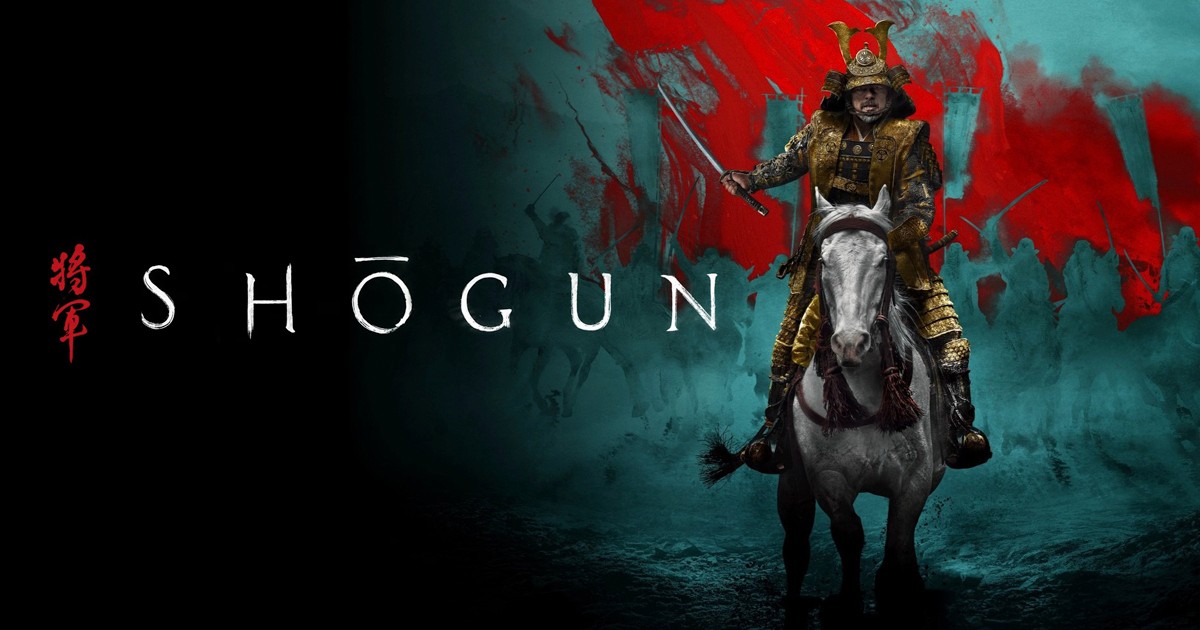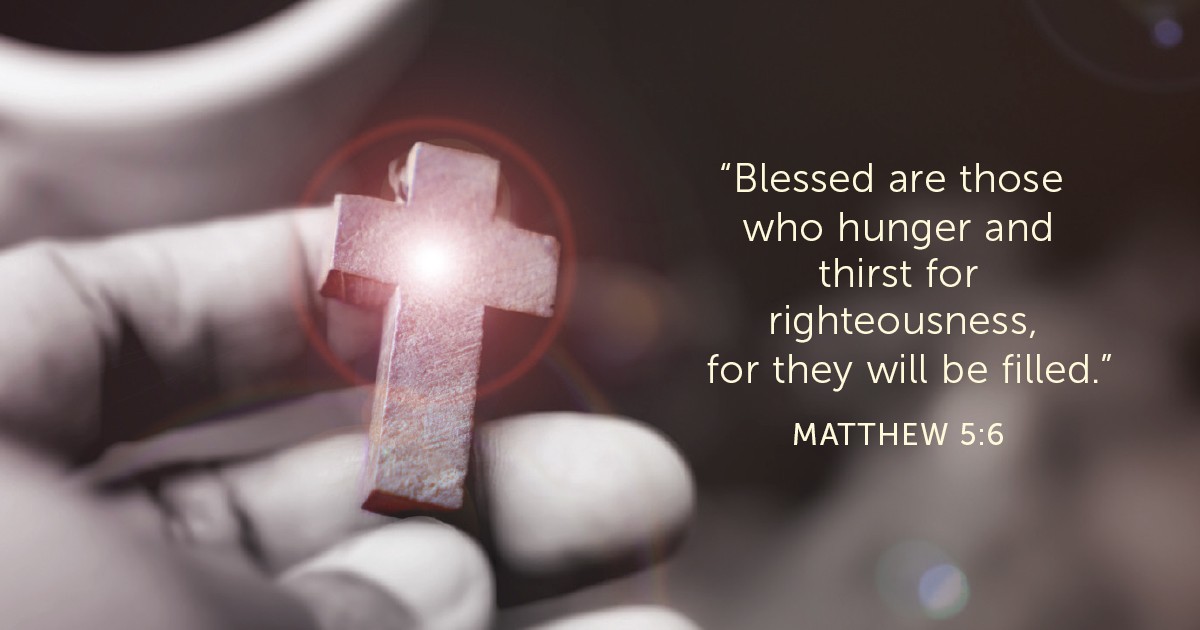When I first saw a commercial for FX’s latest historical epic, Shōgun, I mentally filed it away on the ever-expanding list of shows I want to watch. With the recent acclaim it has received, I decided to fast-track my viewership to see whether the show was as good as critics have been saying. Shōgun was nominated for a record-breaking 25 Emmy awards, including Best Drama—only the second non-English language television show to be nominated in this category. But it was a Christianity Today article about the representation of Christianity and religion in Shōgun, by Kaz Hayashi, associate professor of Old Testament at Bethel Seminary in Minnesota, that convinced me to finally sit down and watch the show.
Based on James Clavell’s 1975 novel, Shōgun is an American-produced historical drama set in 17th-century Japan. The events explore a pivotal time in Japanese history—a fractured political state has left the country without a leader, with infighting among powerful families working to secure their own interests; expansion from the West has resulted in an uneasy trading partnership with Portuguese Catholics over the last 50 years; and the introduction and spread of Christianity in Japan, first through Jesuit missionaries and then through Protestants, is causing conflict. Into this world, the Dutch ship Erasmus lands unexpectedly on the shores of Japan, piloted by John Blackthorne, an English Protestant.
As the series develops, it features the complicated relationships of ambitious people from different worlds: Blackthorne, an outsider, treated with suspicion and fear by both the Japanese and Portuguese; Lord Yoshii Toranaga, a formidable military leader and strategist, and descendant of the clan that once ruled over Japan as shōguns; and Toda Mariko, a highborn woman and convert to Catholicism, who also serves as a translator between Toranaga and Blackthorne.
The first episode of Shōgun takes place in 1600. Portuguese Catholics have been making a lot of money from trade in Japan while keeping the country’s location secret from their Protestant rivals in Europe. This religious and political conflict is what drives Blackthorne and his ship to Asia with orders to “plunder any Spanish territory.”
When Toranaga and his men capture the few members of the Erasmus crew who managed to survive disease and malnutrition, the prisoners suspect the Catholics are behind it. During their captivity, a Portuguese Catholic priest initially acts as an interpreter for Blackthorne but advises the Japanese to execute the crew as “evil” when he learns they are Protestant. Blackthorne expresses an equally voracious anti-Catholicism sentiment, tearing off the priest’s rosary and stomping on his cross. For both men, their understanding of the Christian faith is wrapped up in commerce and trade, politics and national identity. They see the other as a threat, an enemy to be destroyed.
Similarly, the various Japanese lords and soldiers are wary of the small number of villagers and a few nobles, such as Toda Mariko, who have converted under the influence of the Jesuit missionaries, rejecting the faith of their ancestors and making them cultural outsiders in their own land. While not portrayed as especially “religious,” the military figures live according to the traditions and beliefs of Shinto, then the naturalized religion of Japan. It’s a rich, complicated, multi-faith world in which various religious ideologies and world views exist simultaneously, however uneasily.
These clashes and tensions echo real historical tension from the 16th and 17th centuries, a time of intense conflict between Catholics and Protestants, as well as between the faith of Western missionaries and the belief systems of the Indigenous peoples.
Both Clavell’s novel and the television adaption are loosely based on the life of William Adams, a 17th-century English navigator and the first British person to reach Japan. In his Christianity Today article, Hayashi recalls that in the area of Japan where he lived as a child, there was “a park dedicated to the first Englishman to enter Japan. A small public space along the water in the city of Itō, it commemorates Miura Anjin, or William Adams, who arrived in the country when his ship washed up on its shores.” Adams took a Japanese wife and became a trusted advisor and high-ranking samurai for shōgun Tokugawa Ieyasu (the historical inspiration for Toranga).
While the real-life Adams seems to have been more devout in his faith than the crass, violent Blackthorne, many historians have concluded that his anti-Catholic feelings influenced shōgun Ieyasu to expel Catholics and Protestants completely from Japan, which drove the small numbers of Japanese Christians underground, and set Japan on a course of several hundred years of isolationism and resistance to engagement with the West and, notably, the Christian faith.
Though Shōgun might not be for everyone—its reliance on Japanese dialogue with English subtitles and its graphic depiction of Edo Japan’s brutality may be off-putting for some—it offers a richly layered narrative of a historical period that many in North America are unfamiliar with. The series provides a compelling look at a period of cultural paradigm shift, against the backdrop of Christianity’s global expansion, and the complex, often messy interactions that shaped its journey beyond Europe. For those interested in this historical exploration, Shōgun is engaging and thoughtful television.
Shōgun is available on Disney+. A release date for the second season has not yet been announced.
Dr. Michael W. Boyce is the director of program implementation at the College for Officer Training in Toronto.
Photo: Courtesy of FX










Leave a Comment